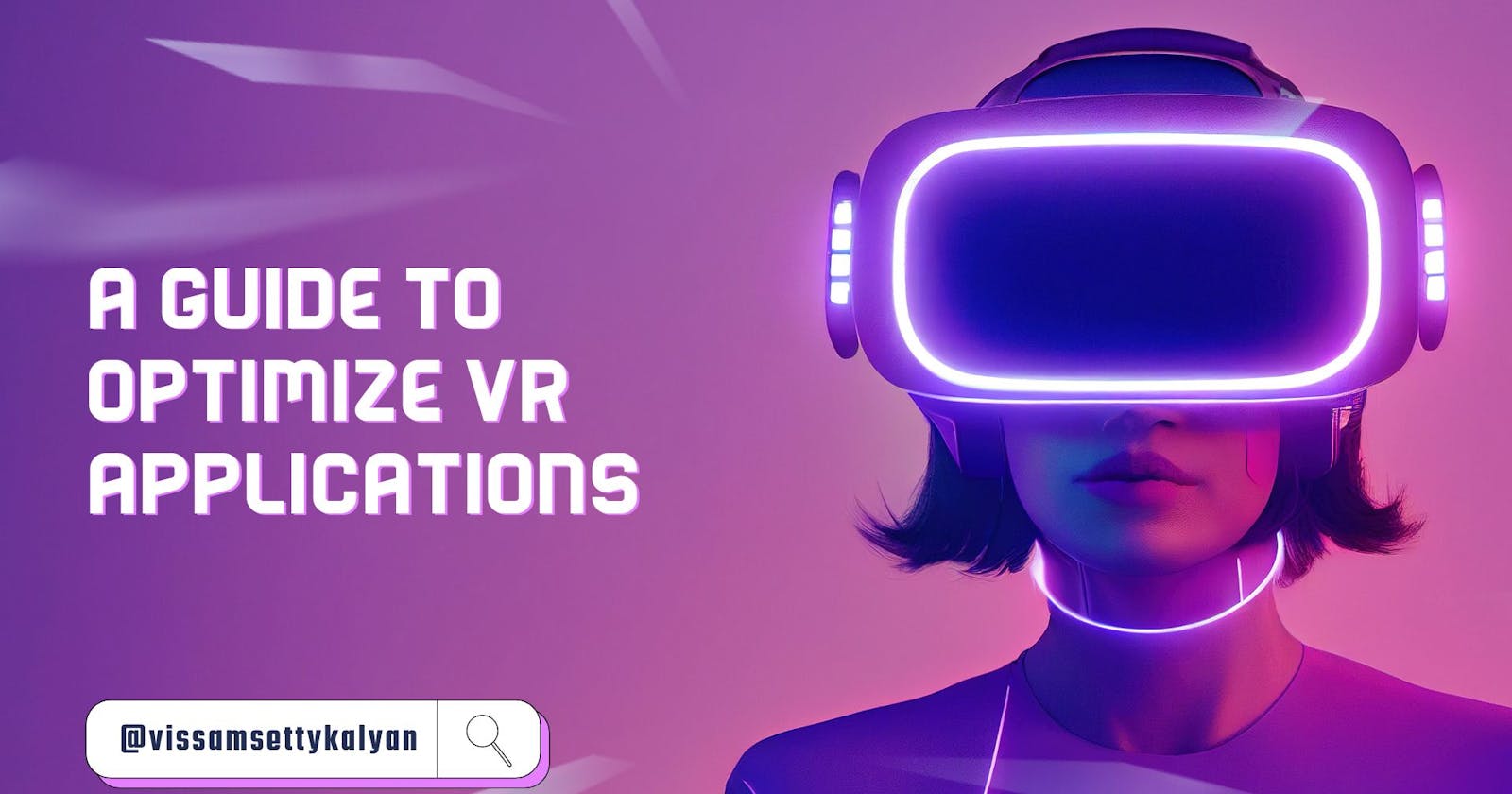Optimizing VR Games in Unity for a Seamless Experience 🚀
Creating an engaging Virtual Reality (VR) game is awesome, but ensuring it runs buttery smooth? That's the real game-changer! 🕹️ Here are some down-to-earth tips to keep your VR game running like a charm on Unity.
1. Prioritize Frame Rates 🔄
In VR, it's super important to have a game that runs smoothly. Try to make sure it stays at 90 frames per second or more. This helps avoid making people feel motion sickness and keeps them enjoying the game. Unity's Profiler tool is like your best friend for checking how well your game is doing with frames. Just keep an eye on it!
2. Smart Rendering Techniques 🎨
Use Occlusion Culling: Unity can be clever by not rendering what players can't see. This feature boosts performance by skipping unnecessary rendering.
Optimize Shaders: Keep shaders simple and efficient. Fancy effects are cool, but simplicity ensures VR games run smoothly across various devices.
3. Asset Optimization 🛠️
Texture Compression: Scale down those massive textures. Unity supports various compression formats that maintain quality while saving VRAM.
LOD (Level of Detail): Prioritize what the player sees. Lower LOD for objects out of focus and reserve the good stuff for where players are looking.
4. Minimize Physics Complexity 🎲
VR physics can be a bit much. Make sure the things that bump into each other are simple and don't weigh too much. This helps keep the game smooth without messing up how it plays.
5. Manage Scripting Wisely 📜
Avoid Heavy Scripts: Bulky scripts can drag performance down. Opt for optimized code and leverage Unity’s job system for parallel processing.
Pooling Objects: Reuse objects instead of creating and destroying them. Object pooling reduces overhead and keeps performance snappy.
6. Test Across Devices 📱💻
VR headsets vary, and so does their performance. Test your game on different VR devices to ensure it's universally smooth.
7. Clean UI Design 🖼️
VR UI should be friendly, not a resource hog. Keep it clean, simple, and resource-efficient. Complex UI elements can be a drag on performance.
Wrapping It Up 🎁
Optimizing your VR game in Unity isn’t rocket science, but it does take a bit of polish. Remember, every frame counts in VR, and a smooth experience makes players come back for more. Keep it simple, stay optimized, and let the VR magic unfold! 🚀🕶️
